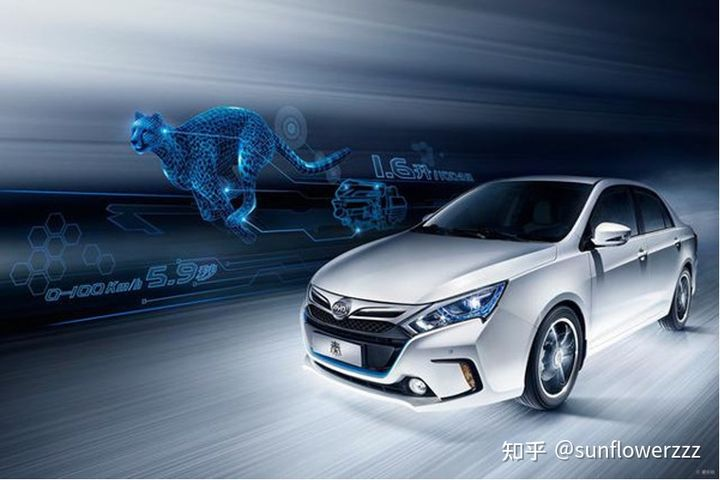It has been a long time since I worked on a hybrid project. Several years ago, I had a perfect technical configuration in mind, which was not difficult to implement technically, but was limited by cost and ultimately failed to be implemented in the project. In recent years, hybrid technology for foreign brands and domestic brands has made further developments in cost and performance. Based on these latest technologies, let’s discuss what kind of hybrid technology can be considered perfect.
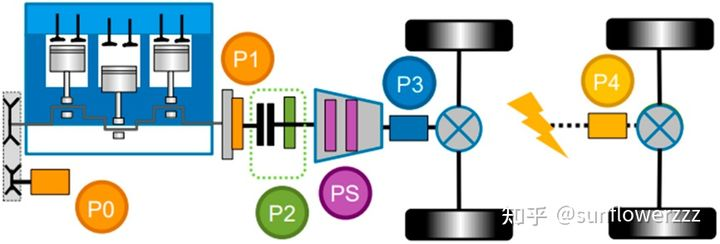
Evolution of Hybrid Technology in the Chinese Market in the Past Few Years
From the perspective of the market, the development of hybrid power in China can be roughly divided into several stages, from early Toyota Prius full hybrids, GM and German light hybrids, to BYD’s P3 mode PHEV stand out, German and domestic brands relying on suppliers to create P2 mode PHEV, and Japanese and Ford’s attempts to promote PS mode and dual-motor P1P3 mode in China in the past few years. Hybrid systems sold in the Chinese domestic market in the past few years have their own characteristics, and the improvement of technology has been reflected in the continuous upgrading of daily use experience.
- The original Toyota Prius full hybrid HEV was born out of Toyota’s urgent need for low-energy solutions in Japan. The overall technical solution focused on energy conservation as the core goal. Due to the limitations of the core technology, the planetary gear transmission, on torque input, the power performance was behind pure fuel cars in the same price range. After winning a large number of early environmental enthusiasts in North America, it did not receive a warm response in China due to its high cost and not meeting the traditional impression of Chinese consumers that power performance is proportional to the vehicle price. However, it also established the image of “true hybrid, true fuel-efficient” for the Toyota brand.
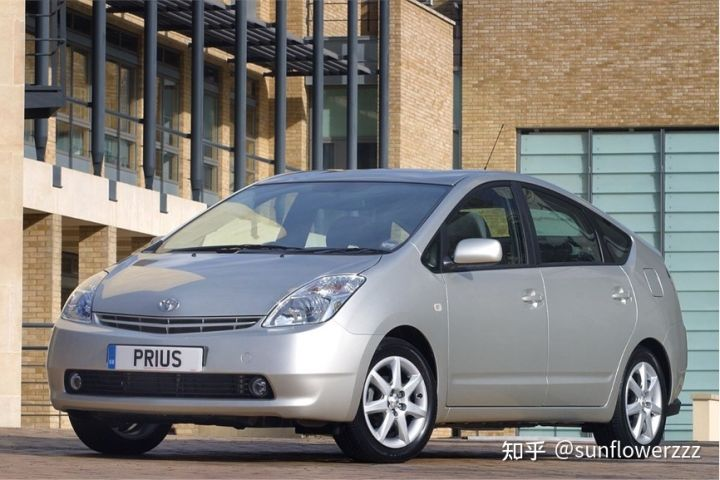
- In the early stage, BYD’s P3 mode PHEV, due to the fact that the electric motor performance was not limited by the transmission torque, fully utilized the electric motor acceleration performance, giving many domestic customers the early education that “plug-in hybrid = strong power”. However, it relies relatively more on the battery SoC level for optimizing fuel consumption, and the fuel consumption level under feeding-state is not ideal. But fortunately, there were almost no other choices at the same price range, which played an important role in the early penetration of hybrid vehicles in the domestic market.
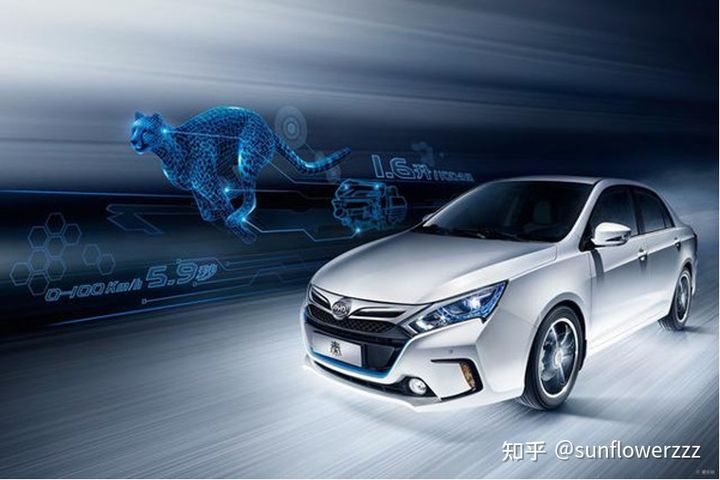 – As Toyota introduced its dual-motor full hybrid electric vehicle (HEV) into China around the same time as its counterpart, General Motors from the US and some German brands began to introduce early mild hybrid solutions into the domestic market. Compared with the current P1 technology promoted by Mercedes-Benz, P0 light-hybrid from General Motors and Geely was not particularly mature at that time. The improvement in performance and fuel consumption on pure gasoline vehicles was limited, just playing a minor role. However, in educating consumers that “hybrid vehicles = fuel-efficient,” advertisers accurately communicated the ideal fuel-saving rate of 3%-5% achieved in the laboratory, which played a certain role.
– As Toyota introduced its dual-motor full hybrid electric vehicle (HEV) into China around the same time as its counterpart, General Motors from the US and some German brands began to introduce early mild hybrid solutions into the domestic market. Compared with the current P1 technology promoted by Mercedes-Benz, P0 light-hybrid from General Motors and Geely was not particularly mature at that time. The improvement in performance and fuel consumption on pure gasoline vehicles was limited, just playing a minor role. However, in educating consumers that “hybrid vehicles = fuel-efficient,” advertisers accurately communicated the ideal fuel-saving rate of 3%-5% achieved in the laboratory, which played a certain role.
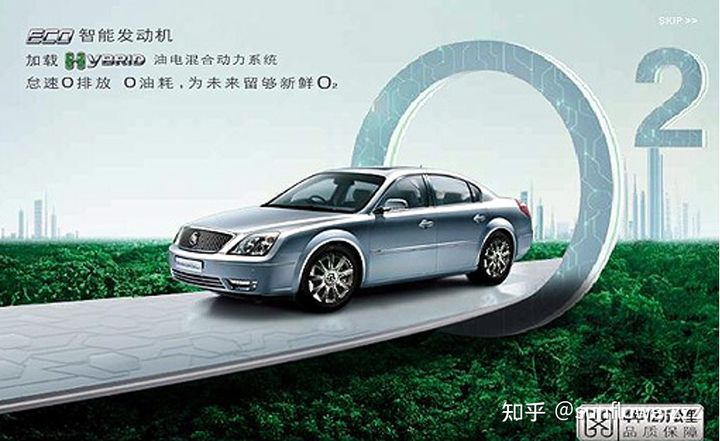
- In recent years, some German brands and several domestic brands have been policy-driven. The policy here includes regulations such as license plate restrictions and fuel consumption points, and introduces P2 single-motor plug-in hybrid electric vehicle (PHEV) that meets the pure electric cruising range. It is very dependent on the SoC level of its own battery for fuel consumption optimization. In the charging state, the fuel consumption and power were often not good. However, benefiting from policy guidance, these policy-driven models have played a significant role in the acceptance of plug-in hybrid vehicles in the market.
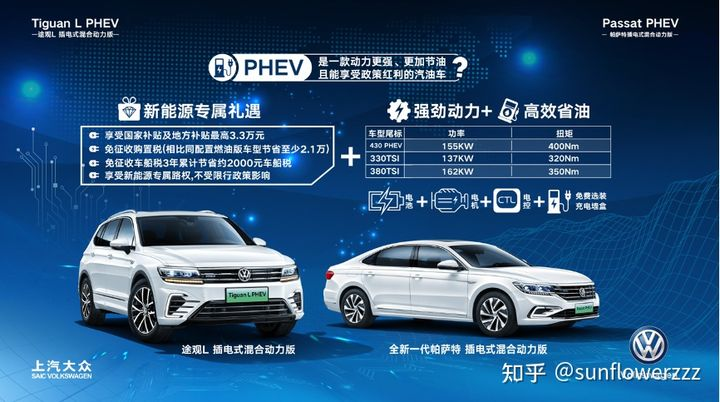
- At the same time when policy-driven P2 single-motor PHEV was popular, Toyota finally brought back several versions of its PS configuration full hybrid electric vehicle (HEV) into China. It formed a complete coverage from compact to large products. Honda also introduced the P1P3 configuration full hybrid electric vehicle as a high-end power assembly in its main-selling models. Due to the impressive actual fuel consumption performance, it further consolidated the impression of “fuel efficiency” left by the early double-motor hybrid technology for consumers.
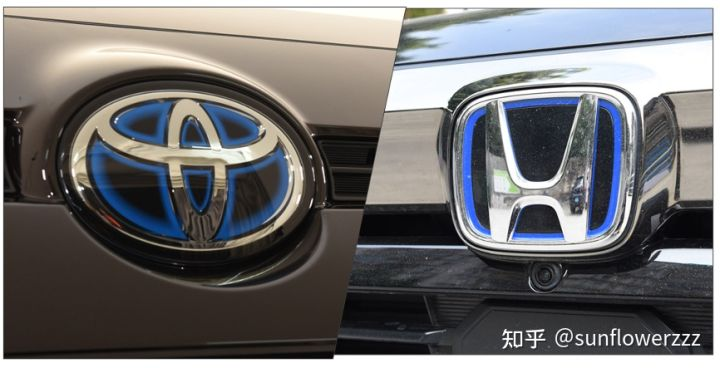
Looking back on the evolution of hybrid technology in the Chinese automotive market in recent years, from the Prius, which was the first to enter the market, to Toyota’s and Honda’s models that have achieved high hybrid sales in recent years, the fuel consumption advantage of dual-motor full hybrid technology is well-known. However, it bears less torque than P3 PHEV, which is not subject to transmission torque limitations, and the current single-motor P2 or P3 architecture PHEVs still have a relatively high market share, which all depend more on the battery SoC level for fuel consumption optimization. These hybrid systems are not all-rounders in terms of performance.
What should an all-rounder look like?To discuss the appearance of versatile players, we cannot just talk about theories, we need to test the existing hybrid technologies in several scenarios in the market to find out their weaknesses:
-
High-speed acceleration: This ability is particularly important when merging onto highways from fast city roads or overtaking slow vehicles on highways. However, most existing dual-motor hybrids have not optimized their motor power and engine direct-drive design for this scenario.
-
Fuel efficiency in high-speed driving: This scenario has high requirements for engine direct-drive design in the high-speed range and whether the power of the drivetrain motor can help the engine stay in the efficient range.
-
Fuel efficiency in electric mode: This scenario is emphasized by some domestic brands after switching to dual-motor hybrid mode from P3 mode. Dual-motor hybrids have advantages over this scenario, and comparison between competing products in this mode depends largely on system optimization and integration.
-
Quietness and smoothness during full acceleration in all speed ranges: In some P3 mode hybrid models, the jerk sensation during motor activation or engine wake-up is particularly noticeable, while in some dual-motor hybrids, the power of the engine and the drivetrain motor can cause greater noise in the powertrain system.
In summary, for the above scenarios (of course, more common roads with medium and low speed driving need to be addressed first), versatile players in hybrids need to cover power, smoothness, noise, and fuel consumption.

Firstly, in terms of power, in medium and low-speed driving scenarios and startup scenarios, it is known that dual-motor hybrid systems have good fuel consumption optimization but slightly weaker power. Where is the weakness exactly? In fact, it is the torque limitation problem of the PS configuration or the P2 configuration of the gearbox. If high-power drivetrains or high-power P4 motors are integrated into the system at the design stage, the performance problem can be easily solved;
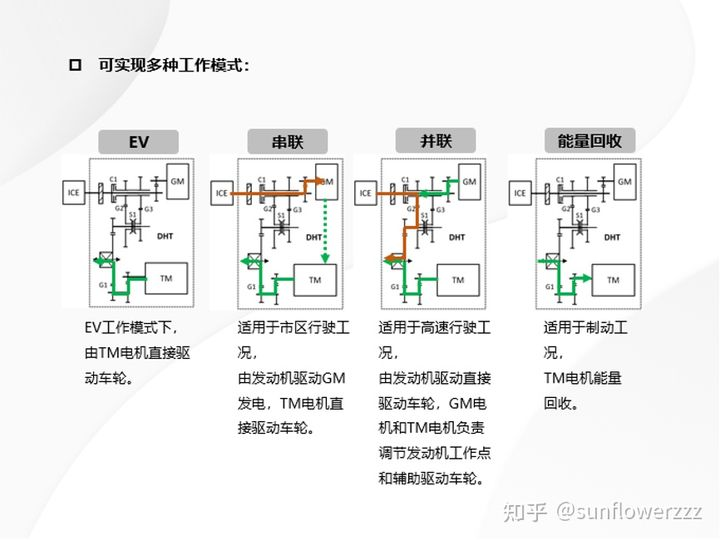
In the medium and low-price range, if power does not need to be pursued to the extreme and only needs to provide acceptable performance equivalent to gasoline cars of the same price range, non-plug-in dual-motor hybrid systems can meet power requirements by matching high-power drivetrains. Furthermore, incorporating a high-power P4 motor can provide even more powerful performance than gasoline cars of the same price range.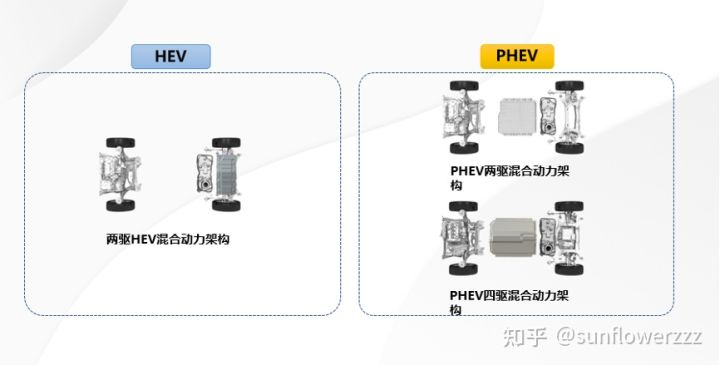
In high-speed operating conditions, the performance and fuel consumption of the hybrid system depend more on the efficient use of the internal combustion engine. Designing a reasonable direct drive design will be the key to improving this performance. For the dual-motor hybrid system, an additional direct drive specially designed for the internal combustion engine can fully utilize its features and improve its performance. By adding this type of design, the two-speed transmission system in Changan’s Lemons DHT 7-in-1 configuration can improve the performance and energy consumption of the internal combustion engine with a more reasonable direct drive design in high-speed operating conditions.
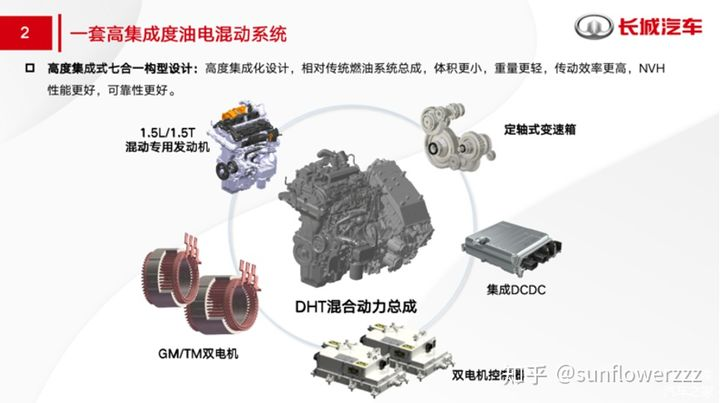
For smoothness and quietness, a larger power battery in plug-in hybrid can reduce engine wake-up and lower the switching frequency between pure electric and hybrid modes. Of course, a larger battery also means higher costs. Correspondingly, Chinese consumers have higher expectations for power under high-cost and high-price powertrain, and large power drive motors or P4 motors are also needed to match large batteries.
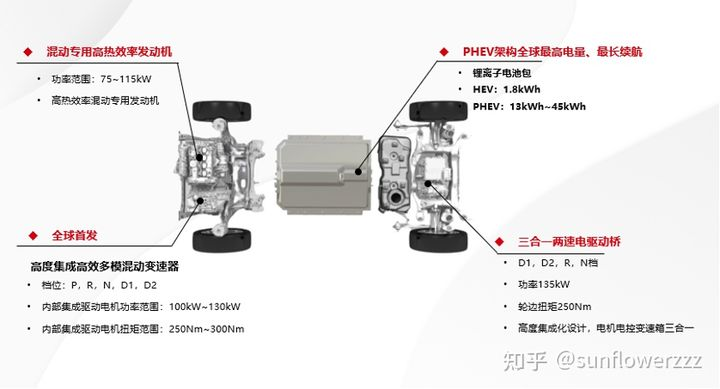
Finally, we will list the solutions that can meet the needs of all-round players according to different price segments:
- Dual-motor hybrid systems designed with high-power drive motor and direct drive of high-speed multi-gear internal combustion engine are the key to ensuring power performance in all speed ranges. Regarding the former, Honda’s i-MMD, BYD’s DM-i, and DM-p all have better design solutions, while regarding the latter, Changan’s recent release of the Lemons DHT system has a targeted design.
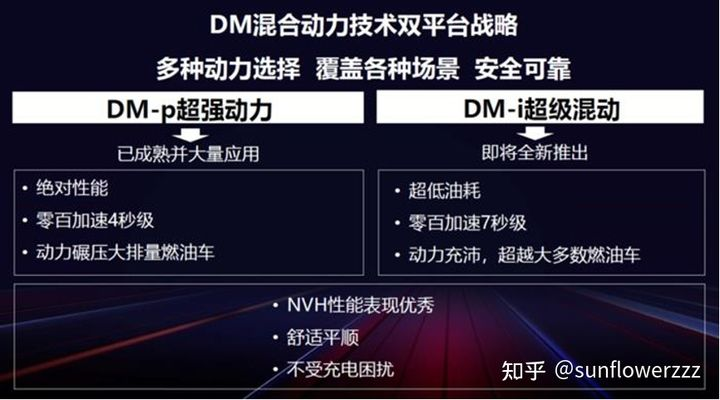
-
In the middle and low price range, the non-plug-in full hybrid of the dual-motor hybrid system is a better solution, achieving power performance close to that of gasoline vehicles at the same price level but significantly improving fuel consumption. Corresponding design solutions are available in Toyota’s PS hybrid system, BYD’s DM-i, and Changan’s Lemons DHT system.
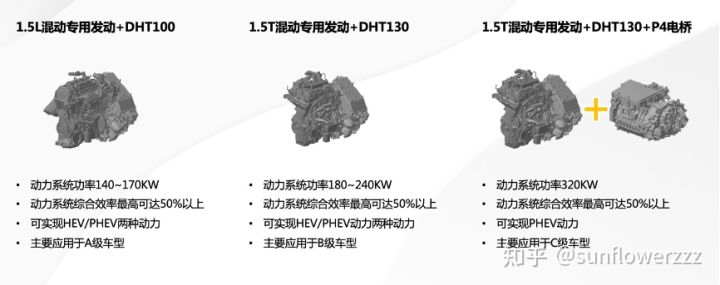
-
And in the middle and high price segments, considering the usage experience of hybrid systems comprehensively, the dual-motor hybrid system + high-power drive motor/P4 motor + large-capacity power battery will be a better solution. Toyota’s PSP4 hybrid system used in Lexus RX and other models, BYD’s DM-p, and Great Wall Lemon DHT system can all meet the requirements of this price segment.
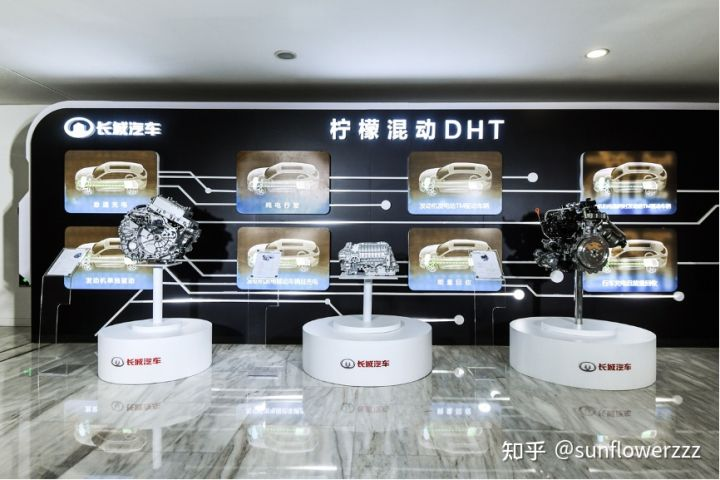
This article is a translation by ChatGPT of a Chinese report from 42HOW. If you have any questions about it, please email bd@42how.com.
